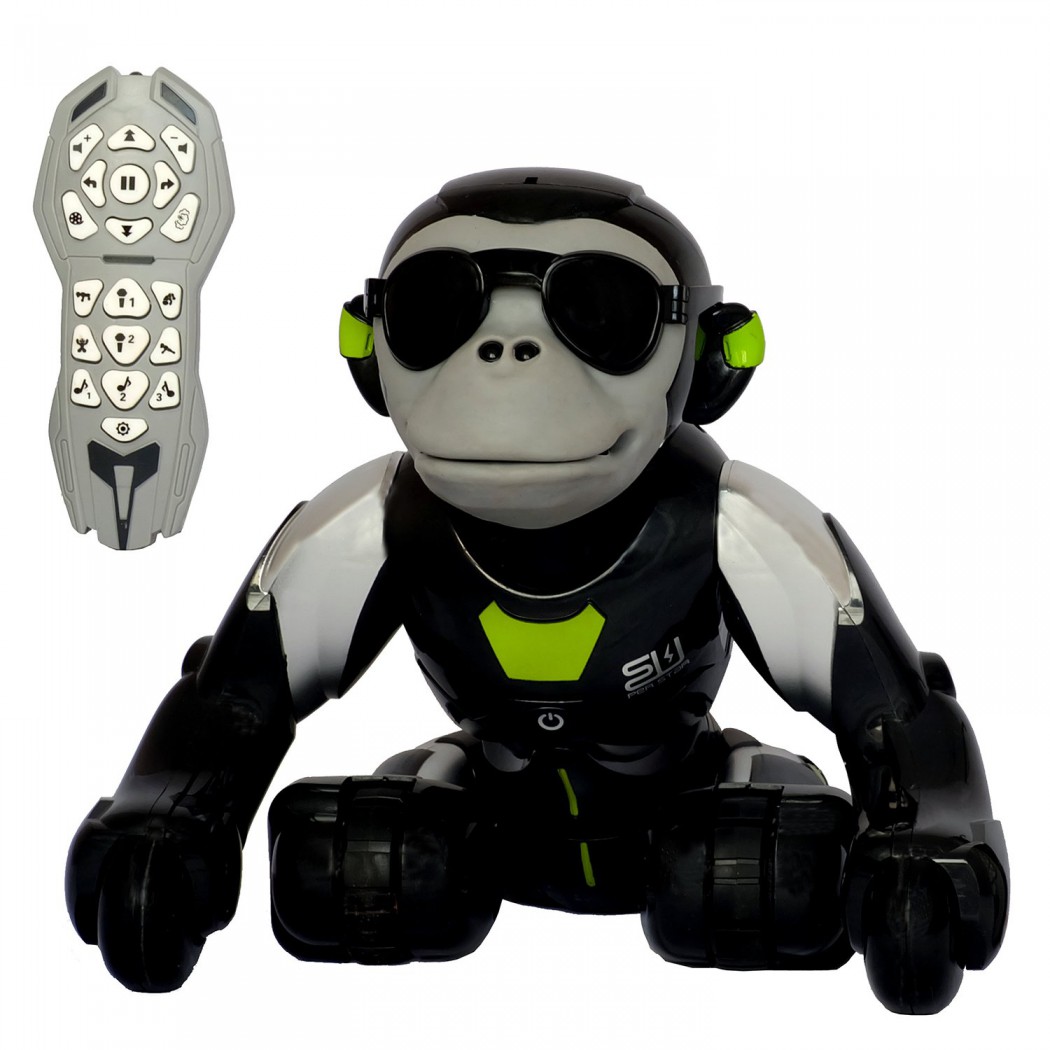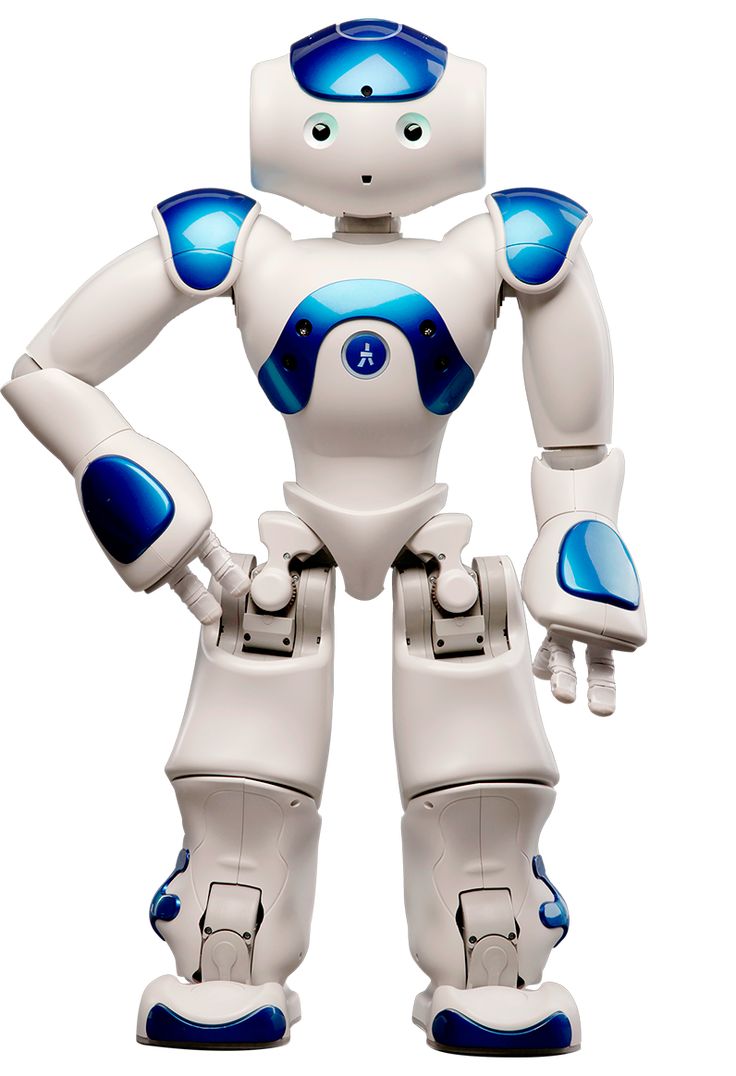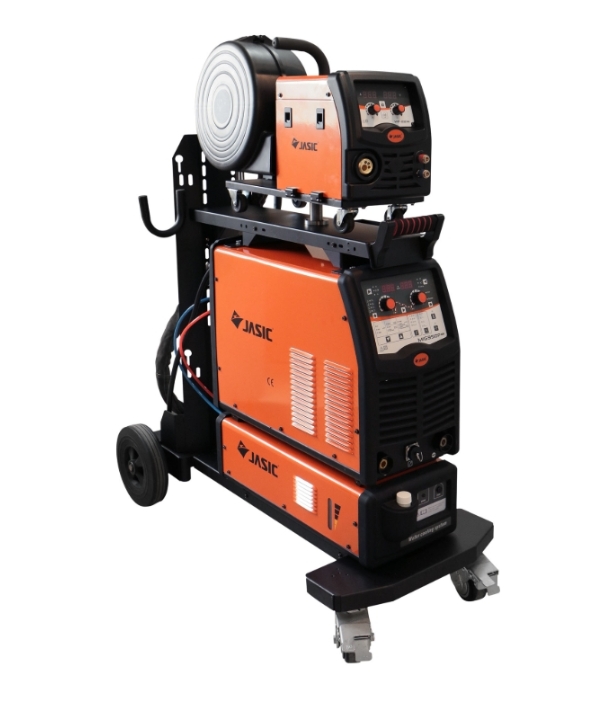In the realm of medical diagnostics, innovation knows no bounds. While traditional methods like MRI, X-rays, and sonograms have long been staples in healthcare, the emergence of robotic technologies is revolutionizing the way we perceive and analyze the human body. Chinese researchers from Wuyi University have made significant strides with their groundbreaking creation: a robotic finger capable of offering unprecedented insights beneath the skin's surface.
Drawing inspiration from the intricate sensitivity of human fingers, the team led by senior author Jianyi Luo developed a bionic finger designed to detect intricate structures such as blood vessels, tissues, and bones residing beneath the skin. Unlike conventional diagnostic tools, this bionic finger operates akin to a tattoo machine, employing carbon fiber tips to meticulously scan the surface with unparalleled precision.
The secret lies in the bionic finger's tactile perception, mimicking the sensitivity of human touch. By assessing the material's compression upon contact, coupled with its reaction to varying densities, the robotic finger generates intricate 3D images of the underlying structures. From soft tissues to hard bones, the bionic finger offers a comprehensive analysis, surpassing the limitations of conventional palpation techniques.
During rigorous testing, the bionic finger demonstrated remarkable proficiency in discerning complex structures embedded within simulated tissues. From identifying artificial blood vessels to distinguishing between soft and hard materials beneath silicone coverings, the robotic finger showcased its ability to navigate intricate anatomical landscapes with finesse.
Beyond medical applications, the potential of the bionic finger extends to diverse fields, including electronics and engineering. Researchers envisage its utility in detecting flaws in flexible electronics, such as wearable batteries and stretchable displays. By running the bionic finger over electronic circuits, anomalies like improperly drilled holes and functional hindrances due to gaps can be swiftly identified, paving the way for enhanced product integrity and reliability.
Published in the prestigious journal Cell Reports Physical Science, this groundbreaking study heralds a new era in medical diagnostics and technological innovation. With its unparalleled tactile perception and subsurface imaging capabilities, the bionic finger holds promise as a transformative tool in healthcare and beyond. As researchers continue to refine its functionality, the potential applications of this pioneering technology are boundless, offering a glimpse into a future where medical analysis transcends conventional boundaries, guided by the precision of robotic ingenuity.














